“What kind of edit does my manuscript need?” “What do editors actually do?” “What's the difference between editing and proofreading?” ” Do I really need to hire outside help?” These are common questions among author-publishers who strive to make their books the best they can be prior to publication, but with an eye on a businesslike budget. Tahlia Newland, coorindator of the manuscript appraisal service Awesome Indies, provides useful definitions and guidance.
 ‘But I’ve had my book professionally edited,’ authors often tell the Awesome Indies submissions coordinator when he tells them that their book does not meet the same editorial standard as a mainstream-published book.
‘But I’ve had my book professionally edited,’ authors often tell the Awesome Indies submissions coordinator when he tells them that their book does not meet the same editorial standard as a mainstream-published book.
It seems that many authors are not clear on what is meant by ‘professionally edited’. A common misunderstanding is that the term is synonymous with copy editing or with any kind of editing that you pay for. It’s not. Payment is not the defining aspect if you happen to have a qualified person who will do it for you for free. The comprehensive nature of the editing is what makes a ‘professional edit.’ Many books don’t make Awesome Indies approval because whoever did their editing either didn’t do a line edit, or wasn’t rigorous enough with it. The editing was there, it just wasn’t comprehensive enough.
What does a comprehensive edit entail?
A comprehensive edit includes four different kinds of edits, and each requires a separate pass over the material. The best results are achieved when two or more editors work on one project, as is the case with mainstream publishers. Fresh perspectives mean fewer errors and more than one opinion of subjective points.
These edits are:
- The developmental/structural edit—this works on the big stuff: plot, pacing, character development and so on.
- The line edit—this works with the prose: word usage, clarity of expression, sentence construction, eliminates overwriting, unnecessary repetition and so on.
- Copy edit – checks grammar, punctuation and spelling;
- Proofread—the final pair of eyes to pick up anything missed by the copy editor.
Structural and developmental editing can be approximated by asking beta readers for their opinions, but the results are only as good as the readers’ ability to analyse the work and suggest ways to improve it. Few readers have the ability to do this to the degree required, so unless the beta readers are editors or experienced reviewers or authors themselves, I advise getting the opinion of a professional. A manuscript appraisal is the cheapest way to do it.
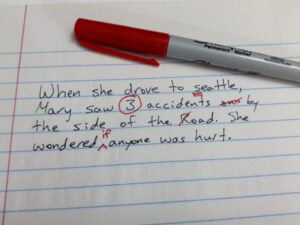 Line and copy editing are often thought to be the same thing, probably because they can be done by the same person at the same time if the book doesn’t need a lot of line editing. But authors shouldn’t assume their book falls into that category. If authors have never had a book line edited by a professional, then they need to – at least once – because most authors, no matter how knowledgeable, do not recognise the flaws in their own prose. Once you’ve worked with a line editor (a ruthless one who isn’t afraid to chop out redundancies and tells you why they make the edits they do) you’ll be a much better writer.
Line and copy editing are often thought to be the same thing, probably because they can be done by the same person at the same time if the book doesn’t need a lot of line editing. But authors shouldn’t assume their book falls into that category. If authors have never had a book line edited by a professional, then they need to – at least once – because most authors, no matter how knowledgeable, do not recognise the flaws in their own prose. Once you’ve worked with a line editor (a ruthless one who isn’t afraid to chop out redundancies and tells you why they make the edits they do) you’ll be a much better writer.
At the very least, work with an editor who will not let poor expression pass them by. Some editors will copy edit a book and never concern themselves with things like poor word choice and overwriting. I can’t let a badly worded sentence pass me by no matter how grammatically correct it is. Authors need to ask for a line and a copy edit, and if the editor doesn’t seem to know the difference, the author should find someone who does.
Which Types of Editing Do Indie Authors Need?
Out of the four kinds of edits, the one Awesome Indies reviewers find most lacking in indie books is the line edit. We see many books with great stories and that have been well copy-edited and proofed, yet they still need a line edit, or a more rigorous one.
An author can do a certain amount of self-editing, but no author can do a definitive edit of their own work.
The problem is that the author knows what they’re trying to say, but the reader doesn’t. The line editor makes sure that the author is expressing their ideas as clearly, elegantly and succinctly as possible.
A good line editor makes sure that the prose reads well, and their edits make an author’s voice stronger and clearer. An author that neglects the line edit risks a product full of poorly written prose. Most readers will not notice, but anyone with higher education in English literature, linguistics, journalism, editing or creative writing will, and if you want to be sure that your book is of the same standard as a mainstream published book, then all four kinds of editing are necessary.
(While Tahlia's guest post understandably includes links to relevant posts on her own blog and on the Awesome Indies' website, in the interests of fairness, ALLi should point out that other editing and manuscript appraisal services are available, including many from other ALLi partner members.)
OVE R TO YOU What's your experience of editing? Do you agree or disagree with Tahlia's appraisal? Join the conversation via the comments box!
R TO YOU What's your experience of editing? Do you agree or disagree with Tahlia's appraisal? Join the conversation via the comments box!
EASY TWEET #Authors – useful definition of the 4 kinds of #editing from @TahliaNewland: www.selfpublishingadvice.org/editing-definitions/ via @IndieAuthorALLi #amwriting

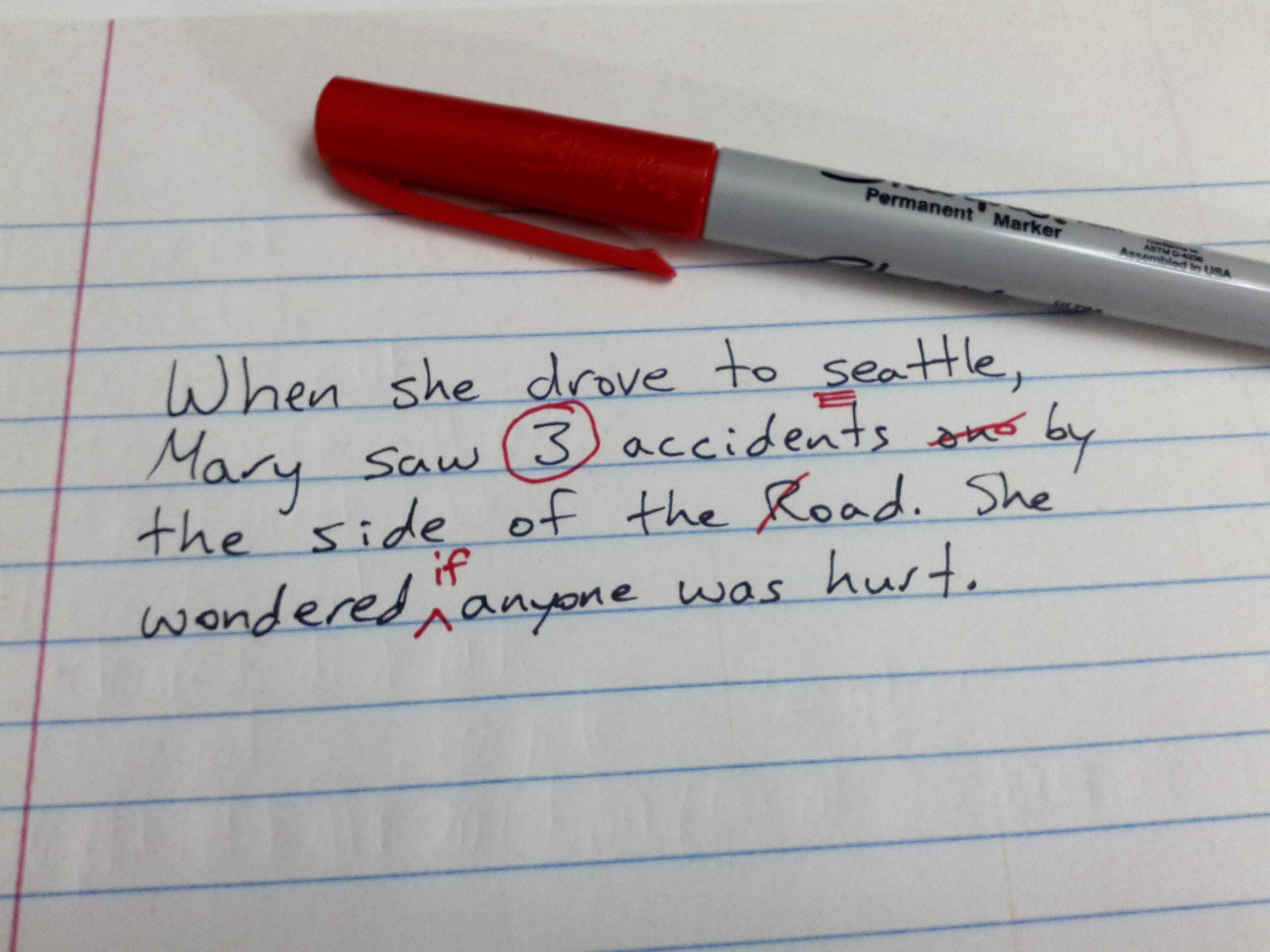
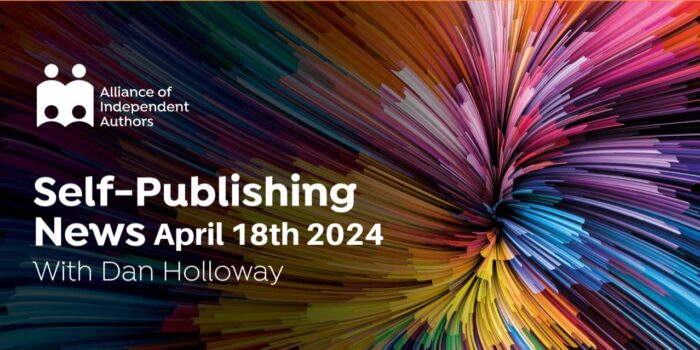
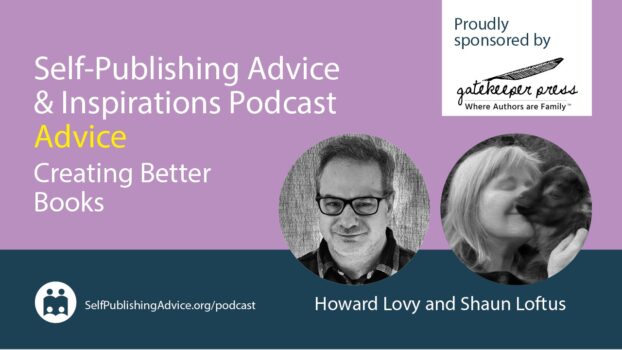
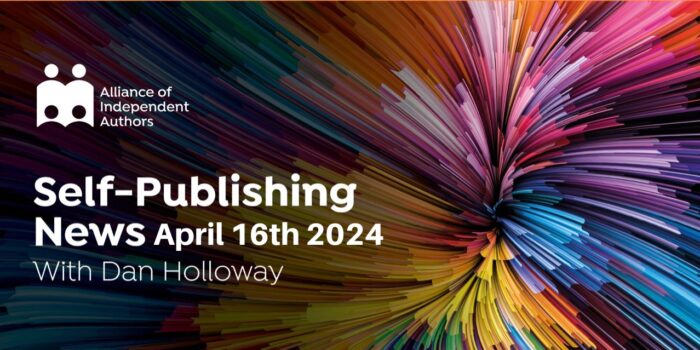
There is a spelling error in the opening paragraph.
The correct spelling of the word is coordinator.
[…] ask how much they’d charge to add it to what they already do for you. Bear in mind there are different types of editing, so it’s important to be clear what services you need – and what you get for your […]
[…] Different Kinds of Editing – Definitions for Indie Authors […]
Thank you for educating me a little more about editing and what an editor does with a manuscript.
[…] Different Kinds of Editing – Definitions for Indie Authors […]
[…] Different Kinds of Editing – Definitions for Indie Authors […]
[…] Different Kinds of Editing – Definitions for Indie Authors […]
Thank you for explaining the differences in editing so succinctly. As a children’s author and illustrator, I decided to contract out my illustrating services to those that want to self-publish their children’s book. I can’t tell you how many manuscripts I have read that needed proper editing.
Authors tell me that their work is edited, but many think that only entails checking for spelling errors. I have had to decline illustrating the book until they fix the writing and usually suggest they get it professionally edited.
Editing is like maintaining your car; it’s more than just changing the oil. Your post will help me better explain what they will need to consider before they look into illustrating.
Sure, would be rather enlightened how this sentence is overwritten. Feel free to leave your suggestions in the hate mail box.
[…] edit, line edit, copy edit or proofread? If not, you can read this article Different Kinds of Editing – Definitions for Indie Authors by Tahlia […]
When I finished my manuscript’s shabby first draft, I hired an editor. What a godsend she was (is)! She did a content and line edit that reset my path toward better quality writing. Then, I passed my “edited” manuscript on to a professional ghostwriter, and then my cousin: a nit-picky retired English teacher. More errors or awkward phrasing were remedied. THEN, I hired an assisted self-publishing company to help me publish my manuscript. It was put through three rounds of editing: content, line, and proofreading. During that time, a new editorial concern came to light: interior formatting; it should be reviewed by a keen professional eye (in addition to the formatter’s), as well. At this point, I feel as if I could subject my manuscript to editing until the cows come home – and truly, the cows never come home when one doesn’t live on a farm. Confession: I’ve become addicted to the editing and revision process! My worse fears are not death or public speaking – no, not even close. My worse fear is a undiscovered typo in my soon-to-be-realeased book!
[…] #8) Different Kinds of Editing – Definitions for Indie Authors […]
fantastic submit, very informative. I ponder why the opposite experts of this sector don’t notice this.
You should continue your writing. I’m sure,
you have a huge readers’ base already!
Thanks for sharing this. Writing “how to” books do not cover editing to this extent. 🙂
Good post – makes clear the different stages of editing that are involved. However, my first trad books were not given more than a three in one edit – and a proof read. When republishing the books I was shocked at how much had been missed.
I’ve just read a brilliant Christian Cameron book, The Long Sword, Orion, and stopped counting the line editing errors after 20. I informed Orion and they said the book would be looked at again before coming out in p/b.
The notion that trad books are the standard we should aim for is not, in my opinion, always correct. A book’s editing is only as good as the editor who works on it – and editors are now out of house in most of the big five.
What an extremely interesting, useful, and informative blog post. A vital read for all types of indie writers, whether just starting out or established old hands. Check, check, and check again. Aiming for professional standards gives the reader the best possible experience of our words. I will be sharing this post with as many author friends as possible.
Thanks Jackie. I look forward to the day when our Submissions coordinator doesn’t have to tell authors who have had their book ‘professionally edited’ that actually it needs more editing. It’s not something we like to have to do. Your normal reader doesn’t miss a line edit, but if they compared a book before and after a line edit, they would see the difference and agree that it reads better. Also a mainstream publisher wouldn’t leave out the line edit, so we shouldn’t either.
The problem for most indies is that good line editing takes a lot of time, so it is relatively expensive. The good news is that line editing can be done by the author to some degree once they have the knowledge and skills needed. So if you have your first book line edited and you learn from the experience, next time, you may have written well enough for the editor to do a line and copy edit at the same time, thus lowering the costs.
This is a great article and will be really helpful for authors reading this blog.
As an editor myself, when I write my books, I very definitely get them edited by someone else!
So if an editor can accept that she needs an editor and will gracefully accept those edits, a non-editor author should be able to, too! By the way, I use editor colleagues as beta readers then have a line and copy-edit in one by someone who knows her stuff, if that helps.
As a side point, being edited has improved my own editing, as I have a better understanding of the other side of things – I’m certainly careful to be even more respectful while I’m being ruthless and I make a point of pointing out good features, too!
This is exactly the same for me. I’m always amazed when my editor picks up something that if I were editing someone else’s work I would never let pass, but you just don’t see your own writing the same way as someone who didn’t write it.
Awesome comment, Liz Broomfield!